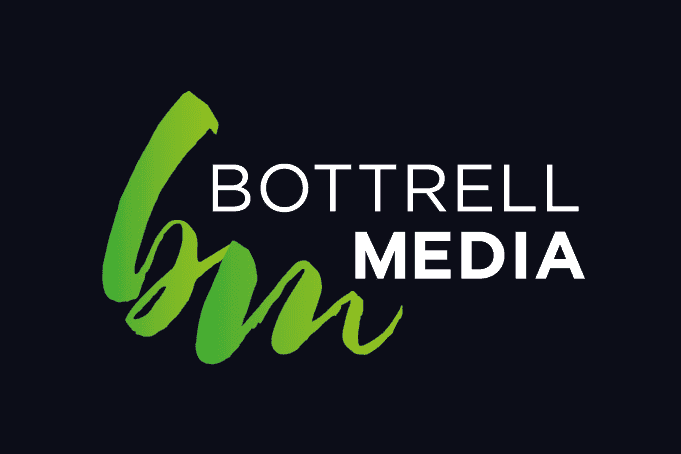
Tips for writing to improve SEO
You have probably heard of Search Engine Optimisation (SEO) and how it can boost traffic to your website. It involves optimising your online content to be ranked highly in search engines like Google. Very few people look past the first page of Google when searching which is why it’s so important to optimise your website and posts.
Use headings
Google’s web crawlers are bots that search and index content on the internet. They are responsible for understanding the content on a web page so they can retrieve relevant information when a search is made.
Using headings helps the web crawlers to understand the post and the sections within it. Heading #1 should be optimised as an overview of what the article will cover and the subheadings should be an overview of each part of the page. This means it needs to reflect the content and use relevant keywords and terms that your audience will likely be searching for.

Write for humans
When fitting in keywords and phrases it can be easy to start writing for Google rather than for your audience. It’s important to remember to write for humans, not search engine as the best way to improve SEO is to write high-quality content that humans will want to click on because it answers their question. Writing thorough answers, using organised subheadings and helpful pictures are all great ways to make your content easily understandable and interesting. Keep in mind your audience’s personality, motivations, challenges and interests to write in a way that will be engaging to them.
Meta descriptions
The web crawlers also look at the meta descriptions of a page when determining search rankings. Meta descriptions are the short (a few sentences or less) descriptions underneath the title of search results. Optimising these by including one or two keywords in a short and compelling way will ensure your description stands out from the rest.

Alt-text
Alt-text can be added to images to describe the image and helps Google to determine if they are helpful or not. Writing alt-text captions for every photo on your site will help Google understand why it’s there and rank your website accordingly. Describe the photo in one sentence and incorporate a keyword to show its relevance.
Keyword research
The key to SEO is to use specific keywords and key phrases that your audience are most likely to be searching for. You can use keyword search tools like Google Keyword Planner and Google Trends to research relevant popular terms and what users are looking for.

Write naturally
Don’t force keywords into your pages so much that they are hard to read. It’s important to use natural sentences that don’t oversaturate the page as if your visitors have a poor reading experience, it will signal to Google that your post isn’t valuable or useful.
Add links
Inputting external links to reputable websites shows Google that you have researched and gives you some credibility. It also gives readers extra reading material which will improve their overall experience.
All of these factors contribute to your website’s SEO and it can be tricky to get them right, but the result is worth it!


